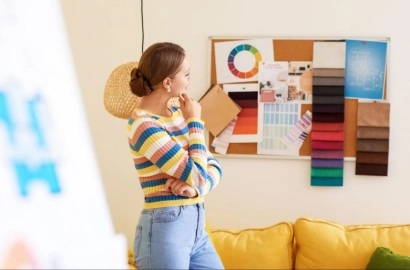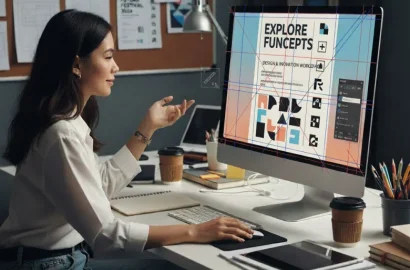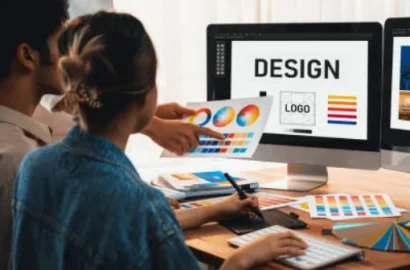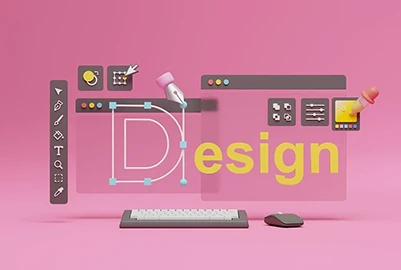Whether you are a professional designer or an amateur, color theory is pivotal to creating good work. Check out our comprehensive list of color theory books that will change the way you perceive and use colors in your daily life.
Color theory is an inherent part of any artist’s life. Whatever medium you may be working with, color theory will likely remain indispensable to creating exceptional art. Different art forms rely on colors to create pieces that resonate with the audience. Hence, it is important for all designers to know color theory and related concepts.
While the internet has made knowledge accessible, some things are best understood when you immerse yourself in them. Reading color theory books is one such experience. There are various books that are a goldmine of knowledge you cannot find anywhere else. So, scroll down and learn about some of the best color theory books on the market!
Here is a brief of our list.
- A Dictionary Of Color Combinations by Sanzo Wada
- Color Choices: Making Color Sense Out of Color Theory by Stephen Quiller
- The Secret Lives of Color by Kassia St. Clair
- Color: A Course in Mastering the Art of Mixing Colors by Betty Edwards
- Blue and Yellow Don’t Make Green by Michael Wilcox
- Watercolor Workshop by Robert E. Wood
- The Designer’s Dictionary of Color by Sean Adams
- Interaction of Color by Josef Albers
- The Laws of Contrast of Colour by M.E. Chevreul
- Color and Meaning: Art, Science, and Symbolism by John Gage
- Making Color Sing: Practical Lessons in Color and Design by Jeanne Dobie
- Exploring Color Workshop by Nita Leland
- Color Design Workbook: A Real-World Guide to Using Color in Graphic Design by Noreen Morioka
- The Secret Language of Colors by Joann Eckstut & Arielle Eckstut
- Color and Light by James Gurney
Best Books for Color Theory
No matter what type of designer you are, color theory is relevant to you. But, choosing the right book to read on this topic can be a daunting task, and that’s why we’re here to help you out. Below are some of our recommendations for the best books on color theory for graphic designers, interior designers, UI UX designers, and others.
1. Color Choices: Making Color Sense Out of Color Theory by Stephen Quiller
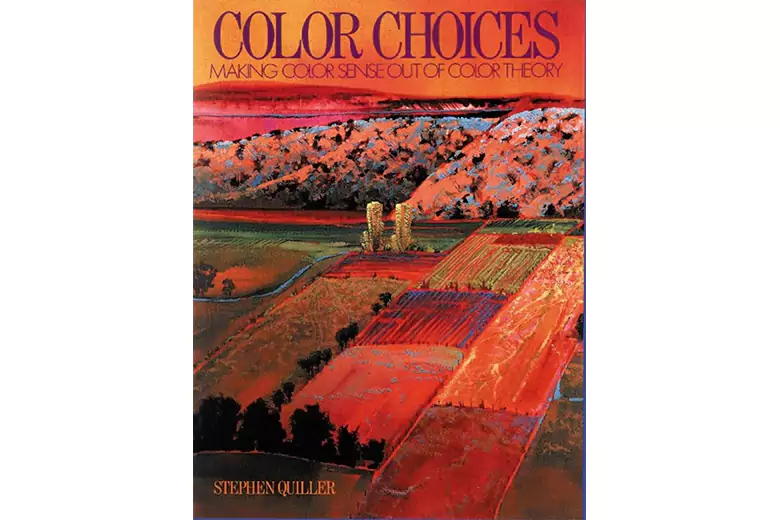
Image Courtesy: Amazon
Color Choices by Stephen Quiller focuses on helping artists develop their own “color sense” through an understanding of color theory. The book moves away from scientific understanding and delves deeper into the relationship between the artist and the colors they use. Quiller’s work explains color theory and color schemes from a distinct perspective that helps artists tap into their creativity. It is a great resource for understanding how to work with different shades of colors to create a cohesive color palette.
2. The Secret Lives of Color by Kassia St. Clair
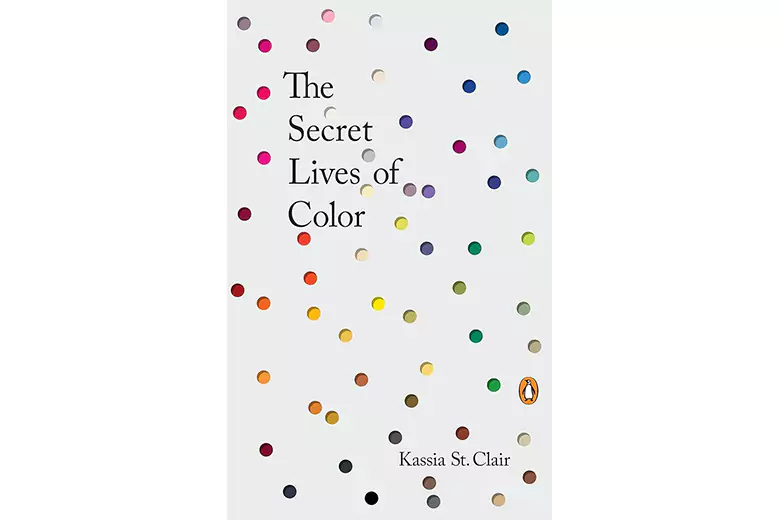
Image Courtesy: Amazon
The Secret Lives of Color by Kassia St. Clair is one of the most intriguing books on color theory available in the market. It is a classic work that explores how colors have evolved socially and culturally over time. The book consists of short chapters that have surprising facts and trivia about different colors. In this book, St. Clair assumes the role of a biographer with 75 colors as her subjects. This book is a great reading experience for designers and offers great insight into the world of colors.
3. Color: A Course in Mastering the Art of Mixing Colors by Betty Edwards
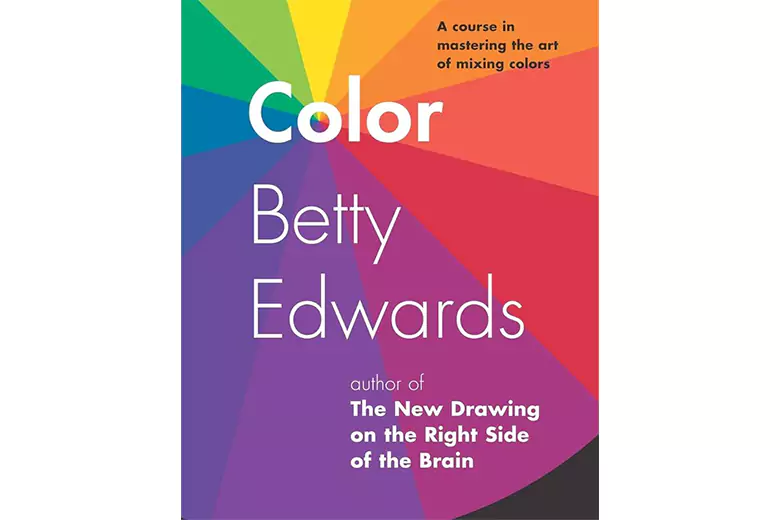
Image Courtesy: Amazon
If you are starting out as a graphic designer, this color theory book is perfect for you! Widely known as Colors by Betty Edward, it provides an excellent introduction to colors and color theory. It is easy to read and has clear, concise language. Colors also offer tips on creating a comprehensive color palette, traditional and modern painting techniques, and more. It will help you understand all the important terminologies and serve as a great guide to start creating your own color schemes.
4. Interaction of Color by Josef Albers
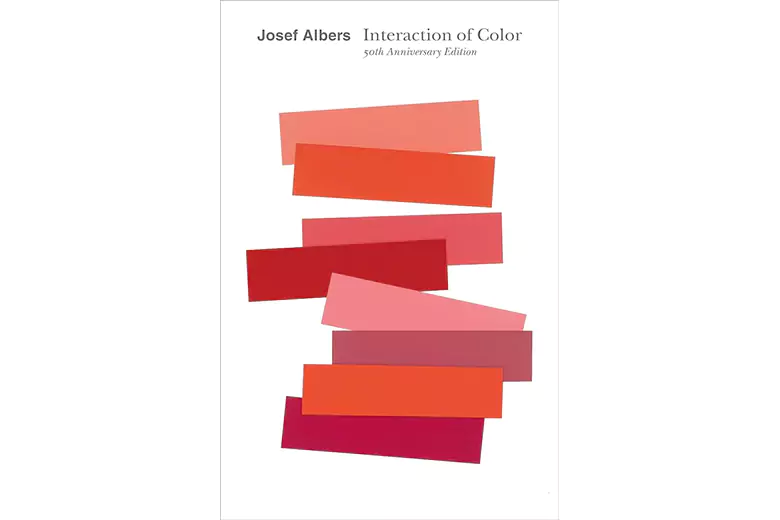
Image Courtesy: Amazon
Interaction of Color is one of the most important books on color theory for graphic designers. Josef Albers was an important artist and educator in the Bauhaus, where he developed his theory of colors. In this book, Albers explains how the perception of a particular color can shift based on how other colors interact with it. For example, how a shade of yellow can look very different when put against a blue vs a brown background. This is one of the Bauhaus color theory books that are a must-have for all designers. It is a gold mine of knowledge on using colors to invoke certain feelings.
5. A Dictionary Of Color Combinations by Sanzo Wada
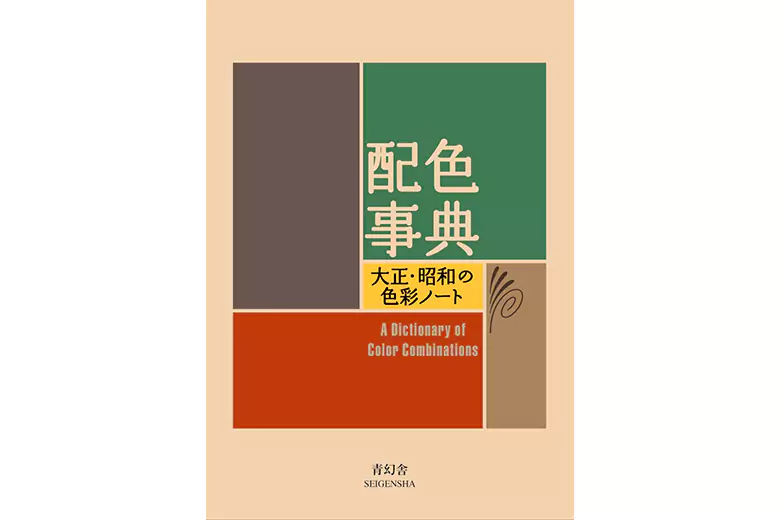
Image Courtesy: Amazon
Sanzo Wada’s A Dictionary Of Color Combinations is a classic Japanese book that consists of 348 color combinations created by the author. This was a first-of-its-kind book in Japan and still serves as a valuable resource for designers all over the world. Wada was an artist, designer, and art instructor. Based on the changing trends of the time and emerging avant-garde trends, he created multiple color combinations suitable to past and current eras. This book was also instrumental in conceptualizing modern-day color theory and subsequent research.
6. Blue and Yellow Don’t Make Green by Michael Wilcox
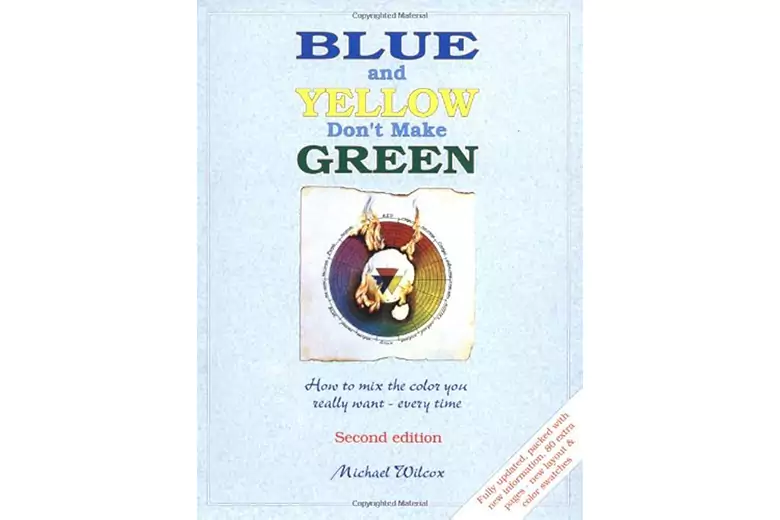
Image Courtesy: Amazon
Color mixing is an art that takes years to master. You can mix blue and yellow to make green, but is it the exact shade of green you want to make your art piece pop? This book aims to help you create that exact shade of green. Wilcox’s book explains the basic physics of the color wheel. The book has thousands of swatches to help you visually understand how different colors look when mixed in certain ways. He talks about how certain colors cancel each other out and understanding this can be the key to designers perfecting color mixing.
7. Chromaphobia by David Batchelor
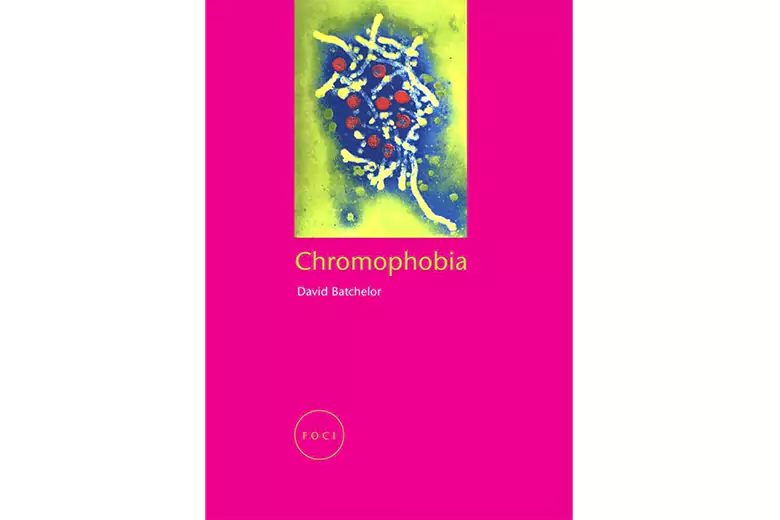
Image Courtesy: The University of Chicago Press
Chromaphobia is as interesting as its name. In this book, Batchelor talks about how philosophy and art history have shaped our opinions about colors. He talks about the lack of color in contemporary art and how using bright colors is often considered childish or primitive. This book is a brilliant exploration of how colors are used around us and why modern designs often lack color. Chromaphobia is a valuable resource on the psychology behind using certain colors.
8. The Designer’s Dictionary of Color by Sean Adams
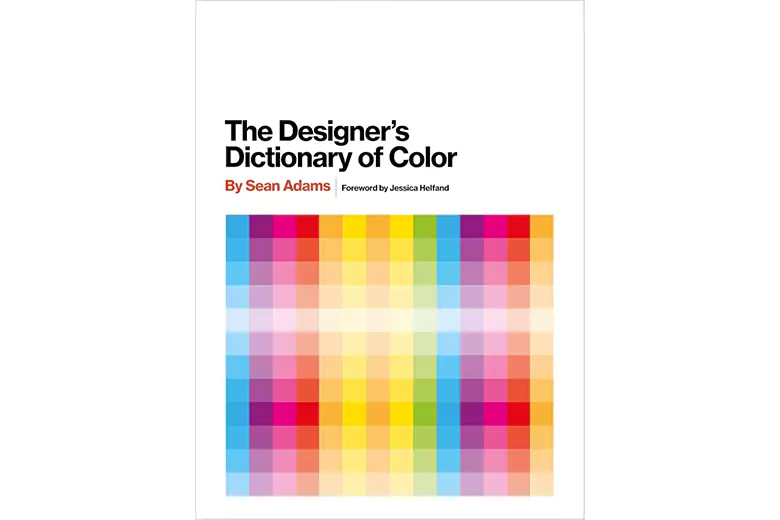
Image Courtesy: Amazon
The Designer’s Dictionary of Color talks about colors in detail along with their practical applications. Adams’ book is a practical resource for designers who want to learn about creative ways to use colors. Adams offers extensive cultural and historical significance of each color and tips on how to best incorporate them in a design. The book also has various charts to showcase different color palettes and ranges for each color. Overall, this book will be of great help to designers in deciding how to use certain colors.
9. Kandinsky’s Teaching At The Bauhaus: Color Theory and Analytical Drawing by Clark V. Poling
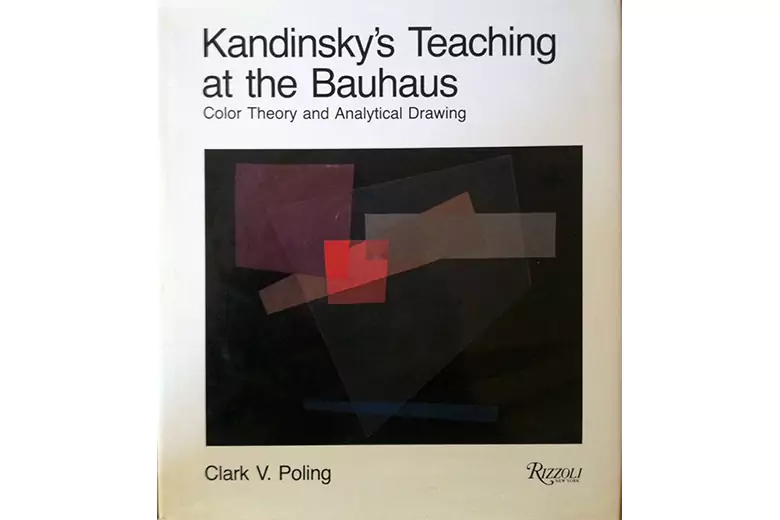
Image Courtesy: Amazon
This is one of the most important Bauhaus color theory books for designers that contains the teachings of Wassily Kandinsky- a celebrated Russian painter and theorist. He also spearheaded the concept of abstraction in Western art. In this book, Poling has presented the art courses Kandinsky taught from 1922 to 1933. The book explains his theories on color, spatial relationships, contrasts, and more and presents complex concepts in easy language. It is especially useful for designers who want to master the technicalities of using colors to have the desired effect on the audience.
10. The Laws of Contrast of Colour by M.E. Chevreul
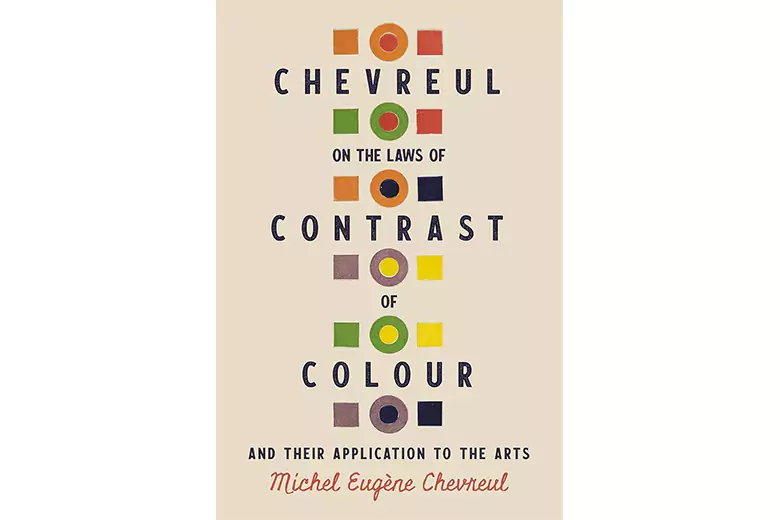
Image Courtesy: Amazon
Chevreul’s The Laws of Contrast of Colour is a classic and essential color theory book that should be in every designer’s library. This book is one of the earliest systematic studies of color perception and principles. Chevreul experimented with different materials to understand how different colors look when placed next to each other. He also explains the concept of harmony in his work, and one can use the book to learn about different types of contrasts and how to use them in their art. This is a very useful book for designers who want to learn the art of contrasting colors in detail.
11. Color and Meaning: Art, Science, and Symbolism by John Gage
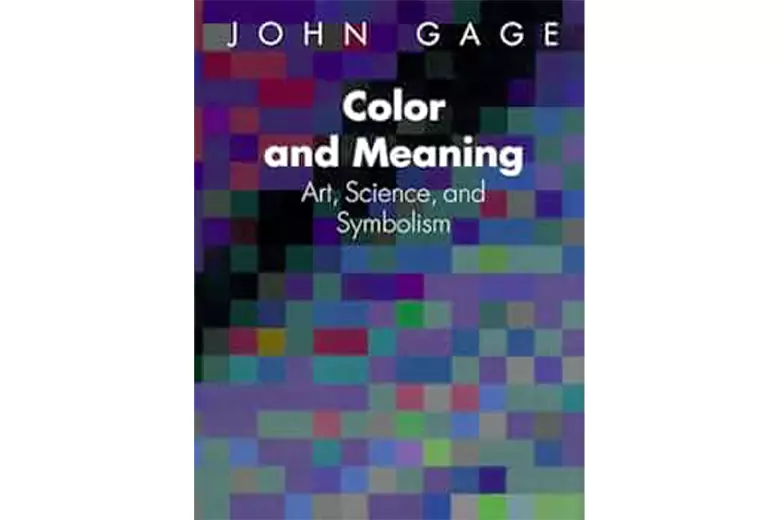
Image Courtesy: Amazon
John Gage’s book is an accessible exploration of art history in the Western world. It is a multi-dimensional work that explains color theory through multiple perspectives. While the book may lack the practical examples and vibrancy of some others on this list, it is a comprehensive work with great writing. Gage explores various ideas about colors in this nd gives extensive examples from history and culture to back them up. It is an interesting read for designers looking to strengthen their core concepts.
12. Making Color Sing: Practical Lessons in Color and Design by Jeanne Dobie
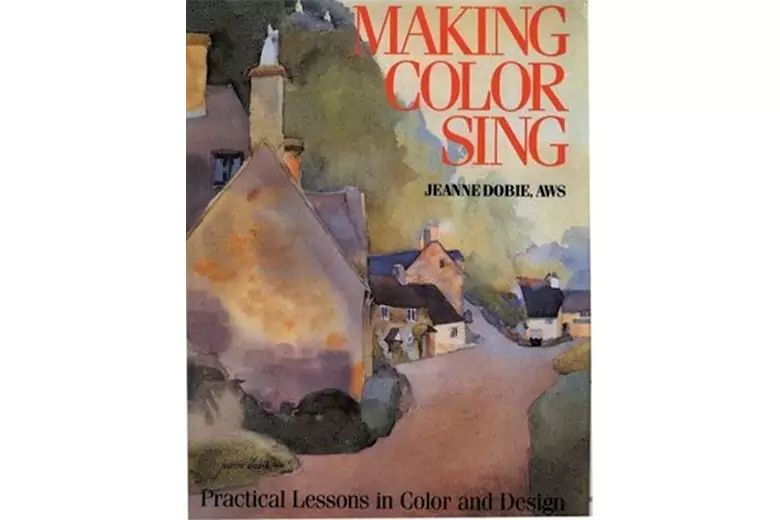
Image Courtesy: Goodreads
Making Color Sing is the one book that talks exclusively about colors and nothing else. Dobie has offered 31 valuable lessons on watercolor painting in this work. However, what makes this book a must-read for digital designers is its in-depth explanations of the thought process behind using certain colors. He talks about mixing and controlling colors to create impactful art. He talks about colors as a design element, for example, how one can choose geometrical elements and use them as composition elements. This is certainly one of the most important color theory books for beginners in circulation.
13. Exploring Color Workshop by Nita Leland
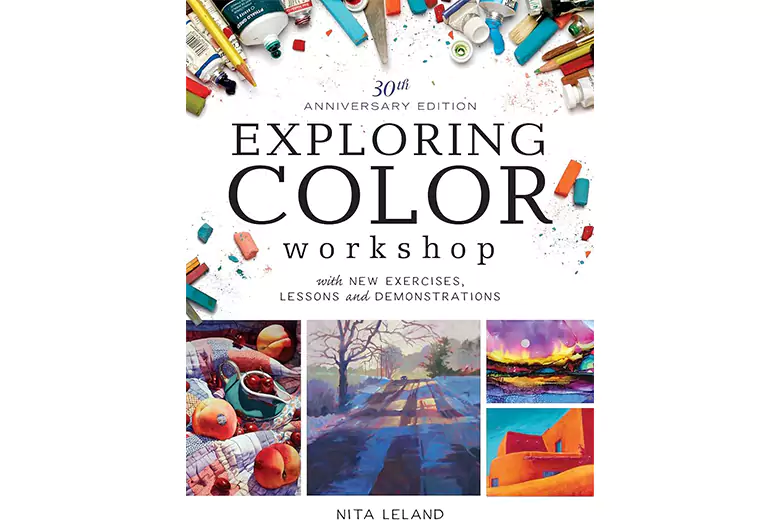
Image Courtesy: Amazon
Exploring Color Workshop by Nita Leland comes loaded with 89 interactive activities and exercises to help you learn color theory in a hands-on manner. The book uses contemporary art created using a monochromatic color scheme to explain color theory in action. The author has explained how colors are used in different media and mediums. With its extensive practical approach, this book is useful not only for painters but also, for graphic and interior designers.
14. Color Problems: A Practical Manual for the Lay Student of Color by Emily Noyes Vanderpoel
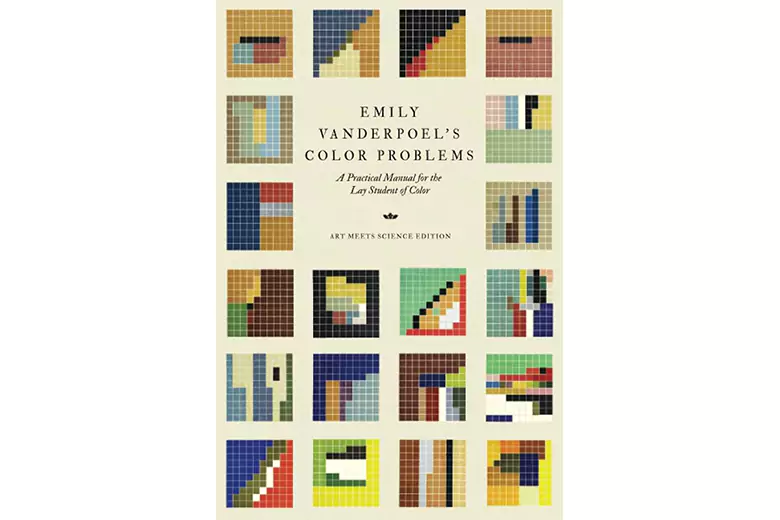
Image Courtesy: Amazon
Color Problems is a good book for designers who want to learn the art of creating cohesive color palettes. An especially great color theory book for interior designers, this work doubles as an extensive guide on how to arrange colors harmoniously. Vanderpoel created simple grids to explain the relationship between different colors. This approach, along with her insightful observations on color theory, has made this book a must-read for designers.
15. The Secret Language of Colors by Joann Eckstut & Arielle Eckstut
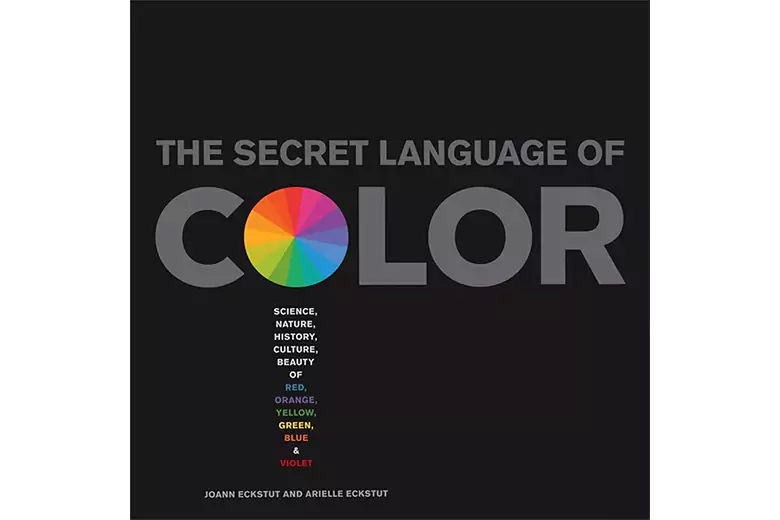
Image Courtesy: Amazon
If you are looking for a more scientific approach to colors, this book is it! Arielle and Joann Eckstut have written this book to explain how different hues are formed and perceived. The book is an accessible way of understanding the physics and chemistry that goes behind different colors. The Eckstut duo has examined red, green, yellow, blue, and violet. In their analysis of these colors, they have touched upon multiple points such as, how humans and animals see colors differently, how language impacts our perception of colors, the relationship between lights and shadows, etc.

Conclusion
That’s all from our end on the best color theory books in the market. We have curated this list based on how well each book explains certain concepts and how well they resonate with the current market trends in design. If you want to learn more about how colors impact graphic design and branding, we recommend that you check out this Brand Identity Project by AND Learner, Dushyant Singh.
Next Steps
We hope this list of the 15 best color theory books was of value. Even though design is a practical field, reading books remains one of the most effective ways of understanding core concepts.
In case you need further assistance, here are some of our resources you can consider:
- Watch this session by design veteran and AND’s Academic Head, Prachi Mittal, and our Course Lead, Soumya Tiwari.
- Talk to a course advisor to discuss how you can transform your career with one of our courses.
- Pursue our Graphic Design courses – all courses are taught through live, interactive classes by industry experts, and some even offer a Job Guarantee.
- Take advantage of the scholarship and funding options that come with our courses to overcome any financial hurdle on the path of your career transformation.
Note: All information and/or data from external sources is believed to be accurate as of the date of publication.


